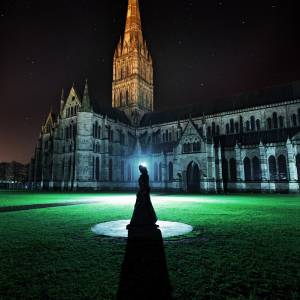The 'Old Standard'...
I refer to the days of film SLRs when they came with 50mm lenses as standard, usually with a max aperture of F1.7 (Pentax) or f1.8 (Nikon) or occasionally, f2.
Such lenses are difficult to use these days, for a start, the majority of DSLRs used by enthusiasts are DX format, making them longer - 75mm - too 'telephoto' for normal use and of course, they don't zoom, a luxury that we take for granted these days.
So, why bother with them at all? Firstly, as mine used here, they have a very wide max aperture, up to f1.4, pretty well the fastest lens one can usually get - and afford. Yet the cost of new ones is quite low - a brand new (on Amazon) Nikkor D f1.8 is £80, even the latest 'G' is £140 and whilst it can't be a main lens, slipping one in the pocket (they're tiny!) is a cinch. My 'D' f1.4 is now about £200 for a mint secondhand.
Possibly the main reason for using one for a subject that you can find it ideal for, is the unparalleled sharpness and definition - decades and literally millions of units made have resulted in a dead-simple design that is so uncomplicated, it can barely ever be poor. My shot from yesterday has been stopped down by 2 whole f-stops, yet at f2.8 is where only the fastest (very heavy) and most expensive pro lenses start and where most extended zooms (my 24-120mm's max aperture at 50mm is f4.5!!). It's been cropped 40% yet is still bitingly crisp and was hand-held half an hour before sunrise and using the lowest iso my D700 has, 200.
Today's (taken in a rather different part of the country, as I hear that Salisbury area has been shrouded in mist all day) has been taken at the lens' peak - f5.6. Neither this, or yesterday's have been anywhere near any sharpening programmes and are from the RAW files, so have bypassed any extra sharpening I have the camera set up to add.
The subject was a side-lit tree, early this morning and for once (with me) no polariser. The warm, orangey light did look attractive but I had to try a mono conversion. Adding a bias toward an 'infra-red effect', thus darkening the blue sky and adding contrast, really brought out the texture - and all that lovely detail.
- 8
- 2
- Nikon D700
- f/5.6
- 50mm
- 200

Comments New comments are not currently accepted on this journal.